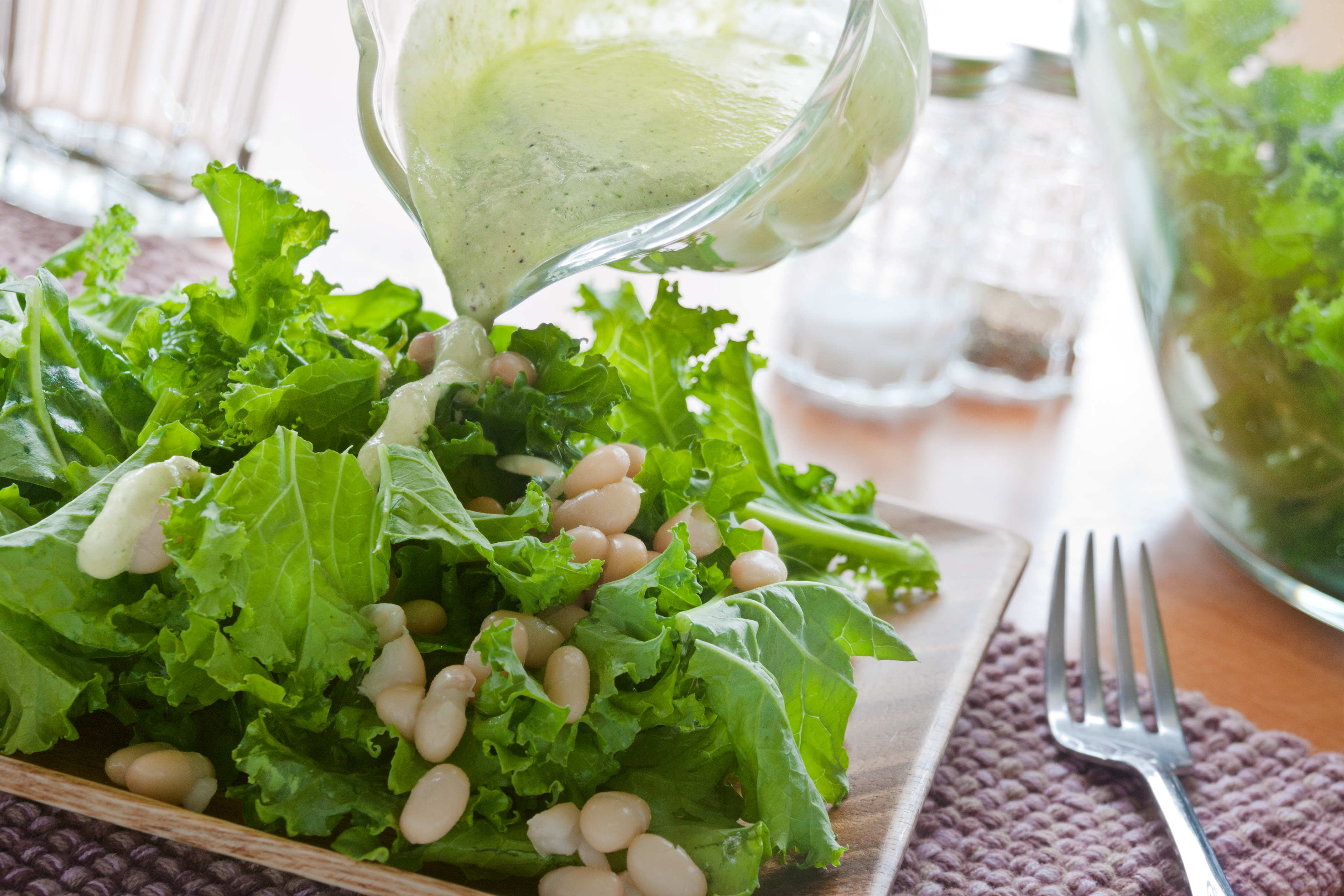Eating with the seasons isn’t a new idea of course—it’s what humans have been doing since our hunter-gatherer days. With the arrival of modern supermarkets, the requirement to eat whatever was growing or available at the moment waned. Now we can eat fresh peas and raspberries year ‘round, and the terms “winter” squash or “summer” squash hold little seasonal meaning when it can be purchased in the opposing season, but that doesn’t mean that seasonal eating is a pointless exercise.

We’ve covered some benefits of seasonal eating in the Guiding Stars blog before:
- seasonal eating can go hand-in-hand with local eating
- more organic choices may be available for in-season produce, and
- foods that are in season tend to be at their most tasty and nutritious
If you’re looking to take advantage of seasonal eating’s benefits, you’ve picked a good time to start! Spring is an ideal time to start eating more seasonally. Why? Well, there tends to be an influx of local or regionally-grown items to your market’s produce department and the prices may be especially good right now, so go ahead and give into the temptation to buy lots of different veggies and fruits—that’s a healthy temptation, after all. It’s also the time of year that farmer’s markets start up again, so you can get out there and support and make friends with the folks actually growing your food. And well, let’s face it—many of us have a renewed interest in getting our diets (and our bodies) back in shape for the coming summer season, that means we’ll need to give fruits and veggies a more prominent place on our plates and bowls (a good thing to do for many health reasons!).
Here are some ideas to help you spring into your seasonal eating plan:
Get a CSA share.
Community Supported Agriculture (CSA) connects individuals with local food producers in a way that benefits both parties. The farmers get funds prior to the growing season that helps sustain their operation throughout the year, and the individuals get a regular supply of locally-grown or produced foods throughout the growing season. Consider buying a CSA “share” or splitting a “share” with someone else or another small family and you’ll have a bounty of super-fresh food for months (along with other benefits from the partnership). Here is some general information on how CSAs work and how to choose a CSA that’s right for your needs.
Consider a “spring mix” for salads.
While many of us know that a good salad is a smart addition to our daily eating plan, there are probably a few tweaks you could make to bump up the nutritional value of that salad. One main improvement that is easy to make is to choose dark greens (or a mix of greens) as opposed to a more pale lettuce base for your salads. In general, the darker the green, the more nutrients it contains. Dark green leafy veggies are among the most nutritious foods around, boasting plenty of vitamins A, C and K, as well as folate and fiber. Shift away from the iceberg lettuce and opt for a “spring mix” of greens to increase the variety of tastes, textures, color and nutrients you’ll get in your salad. Also try baby kale or my favorite—baby arugula—along with watercress, leaf lettuce, and chicory, as well as the more standard romaine or spinach greens. You’ll no doubt find a favorite (or favorite combination) among these more nutritious greens—and you can always mix in a little iceberg for extra crunch if you like.
Find out what’s in season in your area.
I just love this easy online tool called Seasonal Food Guide. All you do is enter your state and up pops a short list (with nice photos) of what’s in season and should be available in your area. It’s handy for prompting ideas for adding variety to your eating plan.
Visit your local farmer’s market.
If you’ve never been a farmer’s market shopper before, why not make this the year you embrace it? Early season crops will depend on where you live, but expect to see lots of greens, peas, onions and scallions, rhubarb, and maybe ramps and fiddlehead ferns if they grow in your area. Strawberries show up pretty early as well. If you’ve got kids in tow, strolling the farmer’s market can be a fun and sensory-filled learning activity for the little ones. No kids? Just enjoy the experience and revel in spring’s first offerings.
Plant a garden or container garden.
Even if you don’t have a lot of space, you can grow some of your own produce to supplement what you purchase this season. There’s something very satisfying about growing one’s own food—even on a small scale. Exactly when to start planting and what types of crops thrive in you area will vary of course. Still, it’s a fun and rewarding activity (and is especially helpful for encouraging kids to enjoy a variety of foods and other important nutrition lessons).